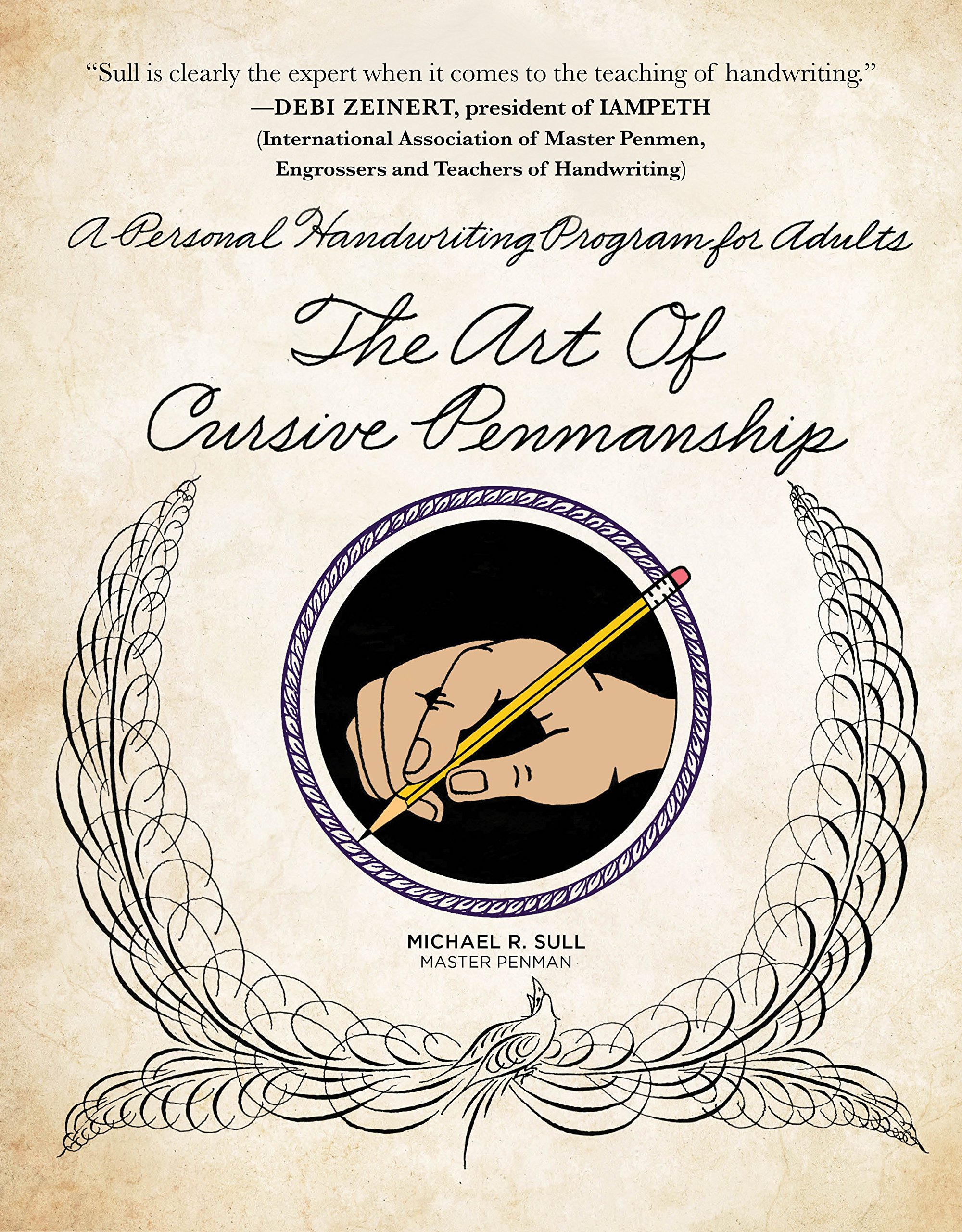The Robinson Curriculum has always had penmanship (Book 400) as an essential skill to expressing one’s thoughts on paper through writing. Here we point to why this skill is so important for all students to learn and practice.
How and Why to Improve Your Cursive Penmanship

Over the years here at the Art of Manliness we’ve sung the praises of the handwritten letter and simply writing things out by hand in general. Typically, when folks think about writing a handwritten note, they imagine doing it in cursive. Perhaps it’s because we’ve all seen movies set in times past where people open up handwritten letters to reveal a note filled with handsome script.
Whatever the reason, I know a common refrain we hear with these posts is that many people feel their cursive handwriting is atrocious, to the point that it’s illegible. And when we get letters in the mail from readers, many of them begin with, “Sorry for my bad handwriting. This is the first time I’ve written in cursive since second grade.”
With schools spending less and less time on cursive handwriting (and sometimes doing away with penmanship lessons altogether), and our increased reliance on keyboards to communicate, it’s understandable that most people aren’t getting much practice writing things out by hand.
It’s easy then to dismiss the decline in penmanship as a non-problem, but there are a surprising number of people who do wish their handwriting was better. And there actually are a few reasons you might consider joining their ranks. Today we’ll discuss those reasons, as well as how to improve your cursive penmanship.
Get out your inkwell, sharpen your quill, and let’s get started.
Continue reading here: https://www.artofmanliness.com/articles/improve-your-cursive-handwriting/
Podcast #482: The Power of Penmanship
In the 21st century, most of our written communication is done through typing on a computer or tapping digital buttons on a smartphone screen. But my guest today argues that we can increase our sense of humanity and our connection to the physical world and to other people by rediscovering the lost art of putting a real pen to real paper.
His name is Michael Sull. He’s a master penman, penmanship instructor, and the author of several penmanship books. Today on the podcast, I talk to Michael about what it takes to become a master penman and what exactly a master penman does for a living. Michael then takes us on a tour of the history of cursive handwriting, including insights into how culture has influenced handwriting styles throughout the ages and why penmanship has declined in the modern day. Michael then makes a case for why people should start writing in cursive again, how to get started with improving your handwriting, and why there’s nothing like getting a handwritten note in the mail.
Show Highlights
- How does a Master Penman become a Master Penman?
- What does Michael actually do as a Master Penman? What does the work entail?
- How Michael became so interested in handwriting
- Has the demand for hand lettering increased in recent years?
- When did handwriting start taking on its fancy flourishes? Was it ever more basic?
- How the various styles of handwriting differ
- How various cultural moods and movements affected how people wrote
- Why a man’s signature used to be of great importance
- Efficiency in handwriting, or what Michael calls “info writing”
- Why you should take pride in your penmanship
- The benefits of writing things by hand
- The importance of kids learning handwriting
- Practices to improve your penmanship
Resources/People/Articles Mentioned in Podcast
- How and Why to Improve Your Cursive Penmanship
- The Meaning of a Man’s Signature
- How to Create a Unique and Manly Signature
- IAMPETH
- Want to Become a Better Writer? Copy the Work of Others!
- So You Want My Job: Master Penman
- A Primer on Fountain Pens
- Writing With History: How to Collect and Buy Vintage Fountain Pens
- Platt Rogers Spencer
- Cooperplate script
- Spencerian script
- Palmer Method
- D’Nealian script
- American Cursive Handwriting by Michael Sull
- AoM Stationery

